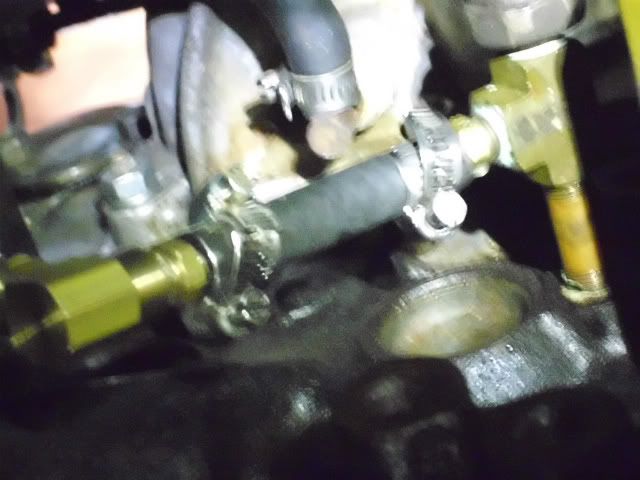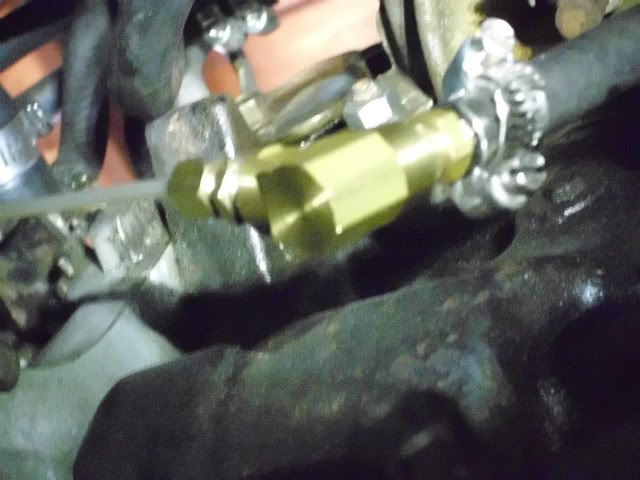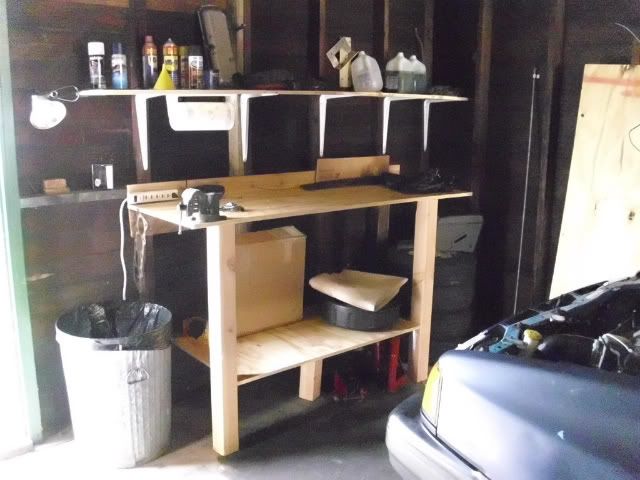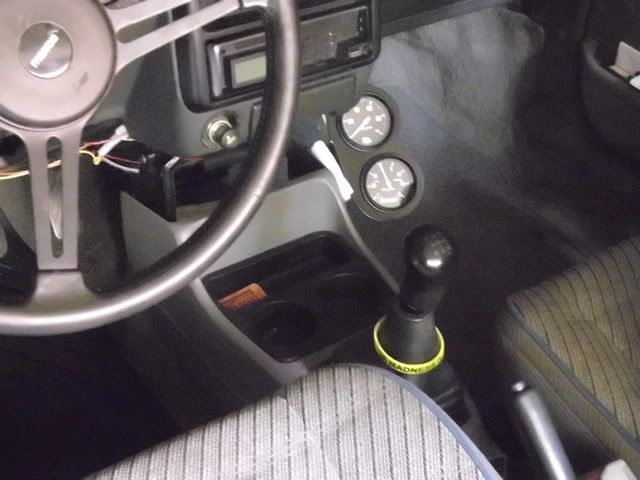In the next few days I'll be installing a mechanical oil pressure gauge in place of the stock oil pressure switch on my 94 Aspire. Though I've never seen it, I was able to get my camera in position to take this picture of it.

I'll have to do this along the side of a city street where I don't have permission to do this work. Since I'll have to put the front of the car on jack stands to get to the part, I want to be able to get the switch out and the gauge in as quickly as possible so as not to call attention to myself any longer than absolutely necessary.
In order to do this it would help me to know in advance exactly what I'll have to deal with when I get under the car. Here are some questions.
1. The electrical connector seems to have some release mechanism. It would be good if someone could tell me exactly what I have to push on or lift up to get it disconnected.
2. I'm planning to use a crescent wrench to remove the switch. It is 10 inches long. Will I have room to use that wrench or will I need to buy a special socket to easily, and quickly, remove the switch? I've seen special sockets for this purpose on the Internet, hence the question. What size socket would that be?
3. Is the switch likely to be extremely tight and difficult to break loose? Should I lift the car, spray it with PB Blaster and lower it to let it soak in, before lifting it again to break it loose?
I know these questions must seem foolish to those of you who have garages, or car ports, or driveways, or yards, or some other private place to do your work. But to those without any of those, information like this could avoid having someone call the police and perhaps having to tow the car to somewhere else to finish the work. And where would that be? The whole prospect is too unpleasant even to imagine.

I'll have to do this along the side of a city street where I don't have permission to do this work. Since I'll have to put the front of the car on jack stands to get to the part, I want to be able to get the switch out and the gauge in as quickly as possible so as not to call attention to myself any longer than absolutely necessary.
In order to do this it would help me to know in advance exactly what I'll have to deal with when I get under the car. Here are some questions.
1. The electrical connector seems to have some release mechanism. It would be good if someone could tell me exactly what I have to push on or lift up to get it disconnected.
2. I'm planning to use a crescent wrench to remove the switch. It is 10 inches long. Will I have room to use that wrench or will I need to buy a special socket to easily, and quickly, remove the switch? I've seen special sockets for this purpose on the Internet, hence the question. What size socket would that be?
3. Is the switch likely to be extremely tight and difficult to break loose? Should I lift the car, spray it with PB Blaster and lower it to let it soak in, before lifting it again to break it loose?
I know these questions must seem foolish to those of you who have garages, or car ports, or driveways, or yards, or some other private place to do your work. But to those without any of those, information like this could avoid having someone call the police and perhaps having to tow the car to somewhere else to finish the work. And where would that be? The whole prospect is too unpleasant even to imagine.

















Comment